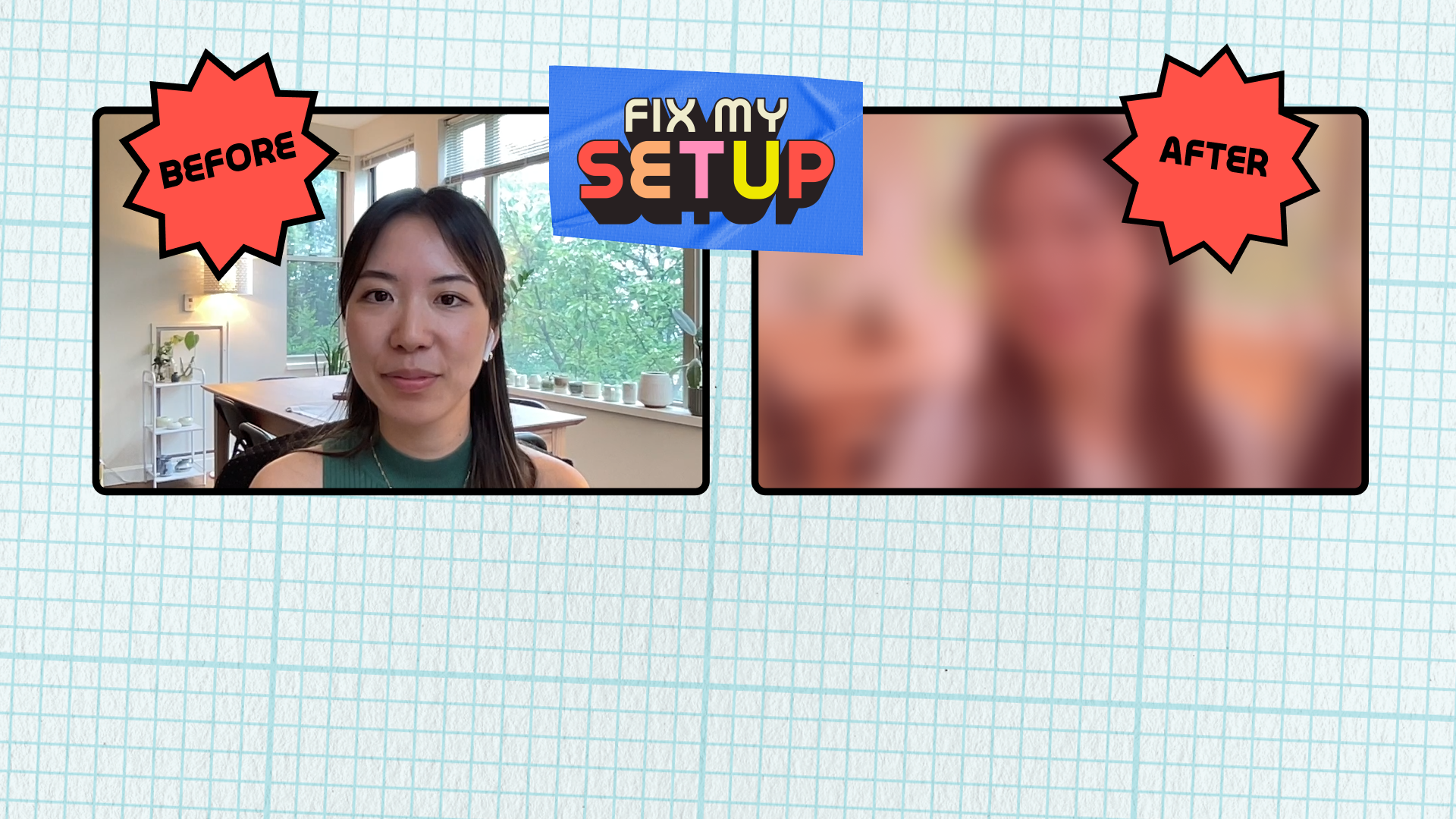Welcome to the Wistia Learning Center 👋
Welcome to the Wistia Learning Center 👋
Subscribe for updates from Wistia with fresh video marketing insights delivered to your inbox twice a month.
Editor's picks
Browse by category
Select a category to see more related content
Recent articles
- 9 Tips for Repurposing Videos for Social MediaBy Lisa MarinelliTurn your video library into a steady stream of engaging social content.
- Our Top 25 Features of ‘25By Sasha FriedmanHere's our roundup of our favorite features we've shipped this year that'll help you create faster, edit smarter, and much ...
- How to Host a Webinar: The Ultimate ChecklistBy Lisa MarinelliRun through all the things you need to do to pull off a successful live webinar.
- 5 Types of Webinars Worth WatchingBy Meg DalessandroLearn five webinar types that connect with B2B audiences and how to bring them to life with Wistia.
Top videos
The Best iPhone Camera Settings for VideoHow to Edit Videos Online in Wistia's Video EditorHow to Download Wistia Videos- How to Turn Every Event into a Content GoldmineBy Frank EmanueleLearn how you can get more content out of every event you attend.
- Why You Should Embed Videos on Your WebsiteBy Chiara HoogervorstLearn how videos on your site can boost search rankings, bring in more visitors, and more.
- How We Made A Fully Animated Short with AI and the Nuances of AI Video GenerationBy Chris LavigneLearn how we reimagined an old video from our archive into a brand-new AI-generated animated short in a week.
- Wistia vs. YouTube: Better TogetherBy Sasha FriedmanWe break down the benefits of both hosting services for you to understand how you can use each in your ...

